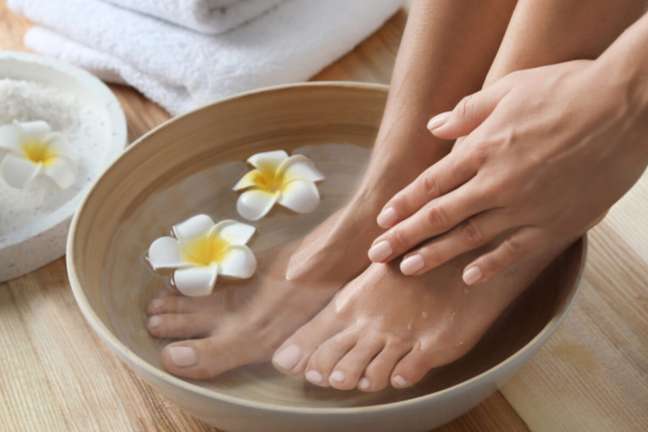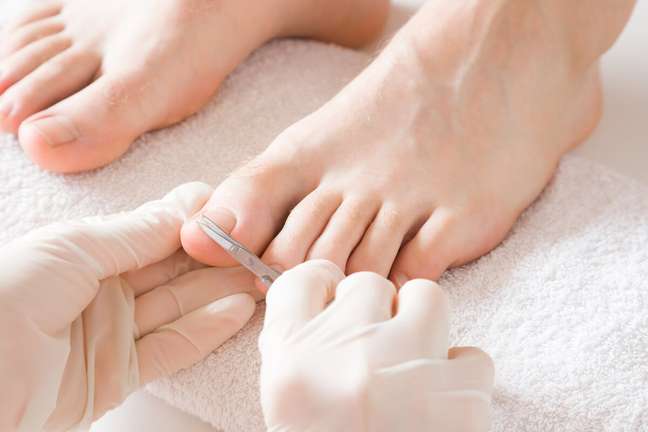See how hands and feet require special attention to avoid complications
Diabetes is a disease that impairs the functioning of the pancreas, the organ that excretes insulin in the body, a substance that aids in the digestion of sugars, proteins and fats. The disease causes healing difficulties and poor circulation. Therefore, extra care is needed when taking care of nails and skin.

1. Nail care
Due to the disease, some people may have thick, yellow nails and dry skin. In fact, it is not recommended for diabetics to remove the cuticle. According to angiologist and vascular surgeon Eduardo Fávero, there is an increased chance of injury during cuticle removal.
“The cuticle is a natural protection between the nail and the skin. Removing it opens a door to infection,” he says. It is worth remembering that healing is slow due to the disease, leaving the wound exposed for a longer period. The procedure must be moisturize the cuticles well and push them very carefully.

2. Nail clipping
Nail trimming also deserves attention. “Prefer the use of sandpaper instead of scissors or pliers”, indicates Eduardo Fávero. If cutting is necessary, the angiologist explains that it shouldn’t be done too close to the skin. “Avoid eliminating corners, preferring to leave your nails straight.”
3. Diabetic foot
According to podiatrist Vera Lúcia Feliciano, due to poor circulation, “the feet become cold and pale, the nails grow slowly, streaked, with dystrophies, fragile and fragileAlso, with the lack of vascularity in the feet, sensitivity is impaired. Therefore, the soles should not be sanded, either with metallic sandpaper, lime or porous sandpaper.
The ideal is to keep the feet dry (especially in the toes) and hydrated. According to angiologist Eduardo Fávero, if calluses need to be removed, you should seek a doctor or podiatry clinic.
4. Sanitation of the material
to do the nails in salon, some people prefer to bring their equipment (pliers, sandpaper and toothpick) from home. However, diabetics are advised to use disposable products. Even if the equipment is for personal use, the parts are not sanitized according to sterilization standards. For this reason, the patient may be exposed to risks.
+The best content in your email for free. Choose your favorite Earth Newsletter. Click here!
Source: Terra
Benjamin Smith is a fashion journalist and author at Gossipify, known for his coverage of the latest fashion trends and industry insights. He writes about clothing, shoes, accessories, and runway shows, providing in-depth analysis and unique perspectives. He’s respected for his ability to spot emerging designers and trends, and for providing practical fashion advice to readers.








